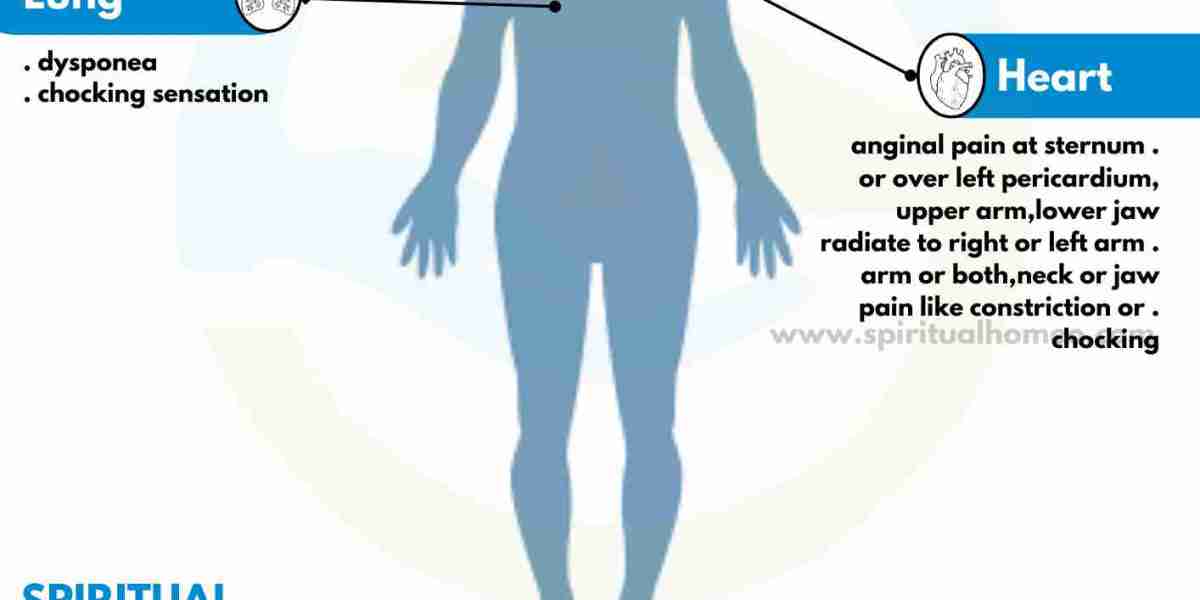The global Asthma Spacers Market is expanding steadily, projected to grow from roughly USD 1.88 billion in 2024 to about USD 2.57 billion by 2029, reflecting a CAGR in the mid‑6% to low‑7% range . This growth is driven by increased asthma prevalence across age groups, rising healthcare awareness, evolving reimbursement policies, and integration of digital health tools.
1. Key Market Trends
Rising Prevalence & Demographics
Asthma remains one of the most common chronic respiratory diseases globally. Though incidence recently plateaued in developed regions, the absolute number of cases continues rising, fueled by aging populations and urbanization—especially in Asia‑Pacific and low‑middle income regions . Pediatric and geriatric populations are especially significant:
The pediatric segment is the fastest‑growing, expanding at an ~8% CAGR through 2030, propelled by tailored child‑friendly designs .
Geriatric adoption is also rising due to the aging global population and the particular clinical need for simplified, low‑coordination devices.
Regional Penetration & Channel Shifts
North America holds the largest share (~40–41%) of the market, benefiting from strong healthcare infrastructure, higher disposable incomes, and regulatory support for advanced spacers . Emerging regions—especially Asia‑Pacific—are expanding rapidly with the highest regional CAGR (~8.2%) forecast through 2030 . Meanwhile, while hospital pharmacies still dominate distribution, e‑commerce and online channels are growing quickly (~8%+ CAGR), supported by rising home care and telehealth use .
2. Technological Innovations
Smart & Connected Spacers
A major innovation trend is smart spacers equipped with built‐in sensors, dose counters, inhalation feedback mechanisms (e.g. acoustic or flow monitoring), and Bluetooth connectivity to mobile apps or care platforms . These enable:
Real‑time tracking of inhaler usage
Technique correction prompts
Remote monitoring by clinicians
Data collection to assess adherence and identify over‑ or under‑use—reducing emergency visits and hospitalizations .
Examples include FDA‑cleared products like Aptar’s HeroTracker Sense and Teva’s ProAir Digihaler connected devices . These function as part of broader digital ecosystems that link inhaler events, spirometry data, and environmental alerts to support personalized asthma management .
Anti‑Static & Material Innovations
Improvements in chamber materials—particularly anti‑static polymers—are improving aerosol delivery efficiency, especially by reducing drug adherence to inner surfaces. Products such as Trudell Medical’s Z STAT chamber demonstrate superior performance over standard designs .
Manufacturers are also embracing eco‑friendly materials, recyclable plastics, and longer-lasting reusable designs to align with stringent EU waste packaging regulations, hospitals’ green procurement policies, and lifecycle cost concerns .
Design Enhancements for Specific Users
Pediatric spacers are increasingly playful and ergonomic: smaller volume chambers, brightly colored patterns or characters, and whistling feedback to encourage proper inhalation .
Geriatric designs emphasize lightweight, easy‑grip forms, larger mouthpieces for those with reduced dexterity, and integrated reminders or filter replacement alerts (often via RFID) to support carers .
Telehealth & Remote Support Integration
The rapid rise of telemedicine—accelerated during and post‑COVID—has created demand for connected spacer systems that allow remote demonstration, usage monitoring, and virtual coaching. Products often interface with clinician dashboards, enabling live non‑invasive guidance on inhaler technique and adherence reinforcement . This is especially valuable in pediatric care and remote geriatric support environments.
3. Adoption in Pediatric Segment
Children often struggle with hand‑lung coordination; spacers drastically improve drug delivery when used with MDIs, making them standard of care for pediatrics in guidelines .
The pediatric spacer market is accelerating thanks to innovative, child‑oriented designs (e.g. collapsible InspirEase bag chambers, interactive whistles or sound cues, animated coaching feedback) that improve compliance and reduce errors .
Smart spacers help parents and healthcare providers track usage and technique from afar, reinforcing adherence and reducing exacerbations—a crucial need given that only about 50% of patients consistently use inhalers correctly .
4. Adoption in Geriatric Segment
Older adults benefit from spacers because they often have difficulty coordinating inhalation with MDI actuation and may suffer from arthritis, reduced strength, or cognitive impairment .
Geriatric spacers now frequently include larger mouthpieces or mask adapters, ergonomic grips, minimal steps for assembly and use, and reminder systems to promote adherence .
Remote monitoring and alerts for filter replacement or usage lapses support caregivers and clinicians in ensuring continuous proper use.
Summary
In summary, the asthma spacers market is evolving rapidly. Growing pediatric and geriatric demand is drawing product innovation—from cute child‑friendly chambers to senior‑oriented ergonomic models. At the same time, technological advances in smart sensors, cloud connectivity, and real‑time feedback are transforming spacers from simple add‑on devices to integral parts of personalized asthma management ecosystems. While premium costs and adherence challenges persist—especially in developing markets—the trajectory through 2030 and beyond appears firmly upward, supported by digital integration, sustainability imperatives, and global demographic shifts.




